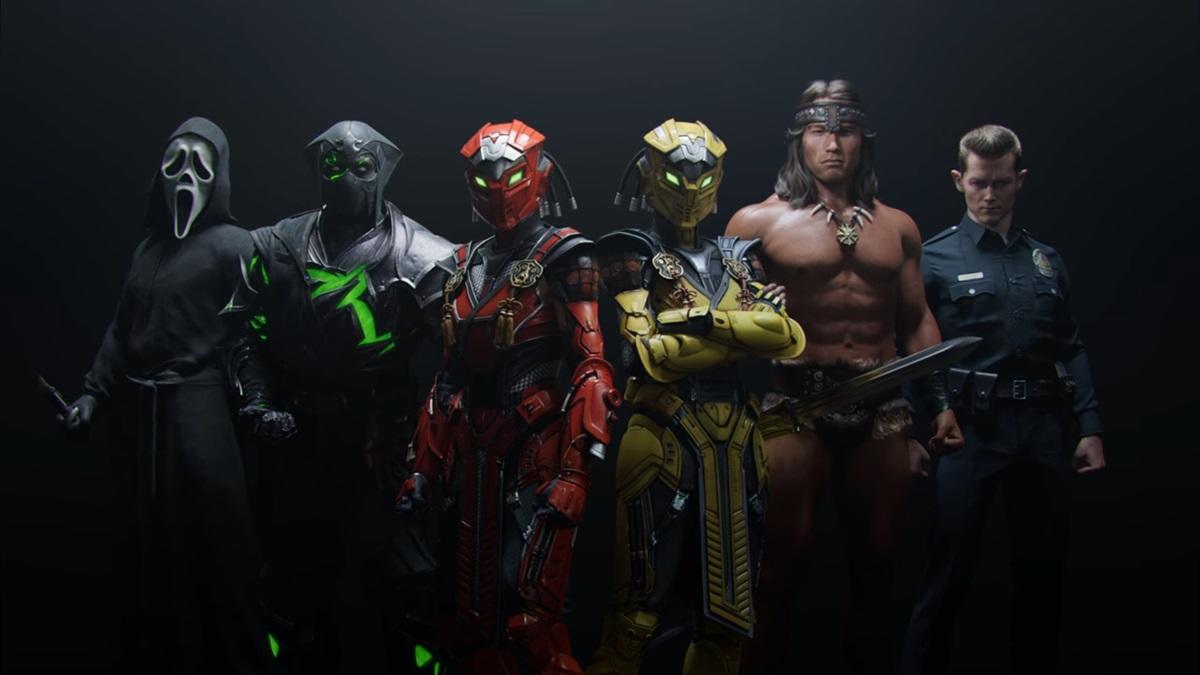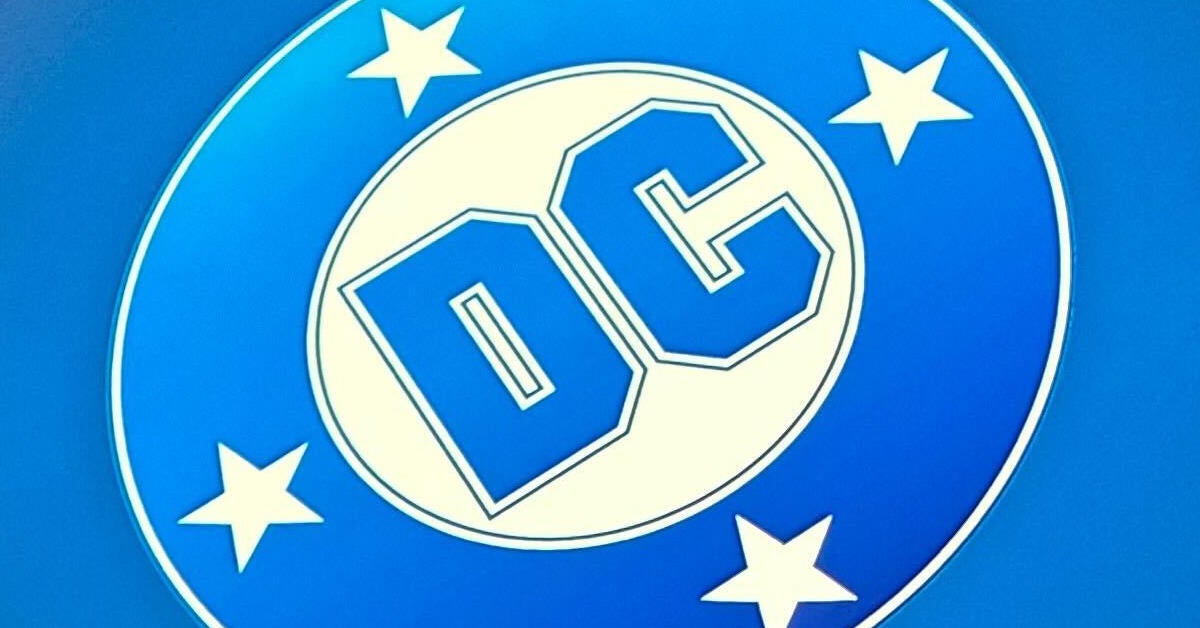James Gunn Vows to Change One of DC's Weirdest Traditions
It's been a little over a month since James Gunn and Peter Safran took charge of DC Studios, the new arm overseeing multimedia adaptations of DC's comics. Ever since these new changes were announced, there's been a flood of speculation and rumors surrounding what movies, television shows, games, and more could become a reality — and what characters may or may not factor into that. If a recent tweet from Gunn is any indication, it sounds like one age-old trend of DC's will be pushed even further under his tenure. On Tuesday, Gunn took to Twitter to address DC's Silver Age "gorilla limit", which restricted how prominently gorillas could be featured in the publisher's comics each month.
"As co-Chairman and CEO of DC Studios, I vow to the public at large and you the fans, that I will break off the shackles of our limited imaginations, and will abide by no gorilla limits whatsoever!" Gunn tweeted, before replying with images of some of DC's existing gorillas — Monsieur Mallah, Gorilla Grodd, Ultra-Humanite, and Congo Bill.
THEY ALL DESERVE TO LIVE. pic.twitter.com/E3RJD8ZOAl
— James Gunn (@JamesGunn) December 7, 2022
Why does DC have so many gorillas?
If the trend of DC's comics featuring gorillas can be traced back to a specific point, it might be 1951's Strange Adventures #8, which featured cover art of a gorilla holding a note to a horrified public about how he was really the victim of a "terrible scientific experiment." As former DC editor Julius Schwartz explained in his 2000 biography Man of Two Worlds: My Life in Science Fiction and Comics, the implied story behind the gorilla's predicament fascinated readers, and ended up boosting sales for the book significantly.
"It must have been that this idea – a gorilla who was once a man, pleading with his girlfriend to help him out of this horrendous situation – appealed to our readers," Schwartz revealed at the time. "They wanted to know how such a thing could possibly happen and what could be done it. We decided that the magazine sold well because the gorilla was acting like a human being. So we decided to try it again... and every time we tried it, it sold fantastically well, with sales shooting sky high! In due time every editor wanted to use a gorilla on the cover. Even on Wonder Woman! Eventually the law had to be laid down: no more than one DC cover that had a gorilla on it a month (except, of course for the occasional 'gorilla month', where every title had to have a gorilla on its cover)."
This trend of gorilla-related covers stretched through 1967, and (either intentionally or unintentionally) dropped off just around the release of Planet of the Apes in May 1968. Later that year, when company-wide staffing shakeups led to editors and writers either being fired or reassigned to other books, the active effort to include apes on DC's covers seemed to go away. Luckily, a handful of live-action DC adaptations have picked up the slack over the years, with Gorilla Grodd and Solovar appearing on The Flash television show, and Ultra-Humanite currently appearing on Stargirl. Gunn even introduced his own take on Charlie the Gorilla, an obscure monkey protagonist from 1966's Star-Spangled War Stories #126, in the first season of Peacemaker earlier this year. Based on his tweets, we'll have to wait and see which other DC films and television shows hypothetically following suit.
What do you think of James Gunn's latest tweets? What gorillas do you hope to see in future DC Studios projects? Share your thoughts with us in the comments below!




